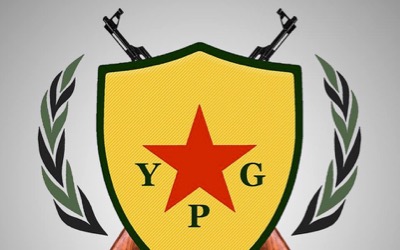
The YPG (People’s Protection Units) portray themselves as a Syrian political organization linked to the Turkish PKK. However, the majority of its leaders are not Syrian, but Turkish, suggesting that the YPG are, in fact, the Syrian branch of the PKK.
During the Cold War, the PKK was a revolutionary party, with ties to the Soviet Union. It spearheaded an armed struggle against the Turkish dictatorship for the recognition of Kurdish culture. However, the PKK started to fall apart after its leader, Abdullah Öcallan, was arrested in 1999.
According to General İlker Başbuğ, former Turkish Chief of Staff, the PKK was subsequently infiltrated by the United States which transferred its headquarters to Denmark. The party then completely overturned its doctrine. It shifted from Marxism-Leninism to anarchy, inspired by Murray Bookchin’s model of libertarian socialist ideology. The renovated PKK headquarters returned clandestinely to Turkey in 2005.
Progressively, the PKK also changed its modus operandi. From the actions it carried out against the Turkish State during the Cold War, it has drifted in the 21st century towards becoming a simple terrorist organization targeting civilians.
In the context of the war against Syria, the YPG were created in 2011 by the United States with a view to overthrowing the Syrian Arab Republic. From the beginning, they have been largely sponsored by France and Germany to create a Kurdish state in Syria on the lands inhabited by the Assyrian and Arab populations, much akin to the plan jointly elaborated in 1936 by French politician Leon Blum with the first President of Israel, the British Zionist Chaim Weizmann.
The PKK is considered a terrorist organization by Australia, Canada, the United States, New Zealand, the European Union and Turkey (i.e. by NATO and the "Five Eyes" "). This classification has stuck despite the dismantling of the USSR. Logically, the YPG should also be considered as terrorists, but in general this is not the case, except in Turkey.

















Stay In Touch
Follow us on social networks
Subscribe to weekly newsletter